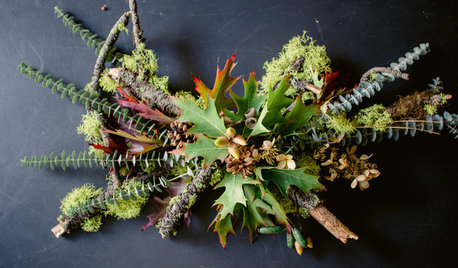Can Plants Absorb Water Through Their Leaves?
andyamp
18 years ago
Featured Answer
Sort by:Oldest
Comments (22)
paalexan
18 years agoRelated Professionals
Cottonwood Landscape Architects & Landscape Designers · Marco Island Landscape Architects & Landscape Designers · Roosevelt Landscape Architects & Landscape Designers · Anderson Landscape Contractors · Aloha Landscape Contractors · Fort Payne Landscape Contractors · Rosemount Landscape Contractors · Secaucus Landscape Contractors · Tavares Landscape Contractors · Tewksbury Landscape Contractors · Silver Firs Landscape Contractors · Candler-McAfee Fence Contractors · Bixby Fence Contractors · El Segundo Fence Contractors · Richmond Fence Contractorsbotanybob
18 years agoandyamp
18 years agosam_md
18 years agotapla (mid-Michigan, USDA z5b-6a)
18 years agoplantfreak
18 years agohappyhoe
18 years agotapla (mid-Michigan, USDA z5b-6a)
18 years agoThe_Mohave__Kid
18 years agotapla (mid-Michigan, USDA z5b-6a)
18 years agonazanine
18 years agoThe_Mohave__Kid
18 years agotapla (mid-Michigan, USDA z5b-6a)
18 years agohappyhoe
18 years agoThe_Mohave__Kid
18 years agohappyhoe
18 years agowild_rose
18 years agogreenday1274_gmail_com
12 years agoalbert_135 39.17°N 119.76°W 4695ft.
12 years agoGrowerKev
10 years agogreenman62
9 years ago
Related Stories

GARDENING GUIDESWhat's Wrong With My Plant? Leaves Often Hold the Clues
Learn how to identify common plant ailments by reading their leaves
Full Story
HOUSEKEEPING10 Chores You Can Whip Through During Commercials
Use ad time for getting tasks done, and it’s like fast-forwarding your house into cleanliness
Full Story
FLOWERS AND PLANTSPanicum Virgatum, a Prairie Beauty Many Gardeners Can Enjoy
Switchgrass adds color through the year and is a natural ‘seed feeder’ for birds
Full Story
GARDENING GUIDES3 Easy Ways You Can Garden for Nature
Your choice of plants can help wildlife while cleaning the air and water
Full Story
LANDSCAPE DESIGNHow to Move Water Through Your Landscape
Swales, underground pipes or a mix of both: There’s more than one way to distribute water in the garden
Full Story
LANDSCAPE DESIGNSoak It Up: How to Manage Stormwater in Your Landscape
Permeable paving, gravel beds and planted areas in your yard can absorb and cleanse stormwater runoff. Here's how it works
Full Story
GARDENING GUIDES6 Gorgeous Plant Combos With Low-Water Ornamental Grasses
Use a variety of plant heights, textures and sizes, as well as leaves and flowers in varying colors, for a pleasing design
Full Story
GARDENING GUIDESGreat Design Plant: Anemone Canadensis Adds Pizzazz to Water’s Edges
Plant Canadian anemone along pond, lake or stream edges for a splash of white flowers in late spring
Full Story
GREEN BUILDINGStudents’ Award-Winning Home Leaves Small Footprint
A cost-effective, solar-powered New Zealand prefab home has good looks to match
Full Story
DIY PROJECTSHere’s a Thanksgiving Centerpiece You Can Use Through the New Year
Make a fall centerpiece that can transition to winter with ingredients foraged in nature
Full StorySponsored
Franklin County's Preferred Architectural Firm | Best of Houzz Winner
More Discussions







tapla (mid-Michigan, USDA z5b-6a)